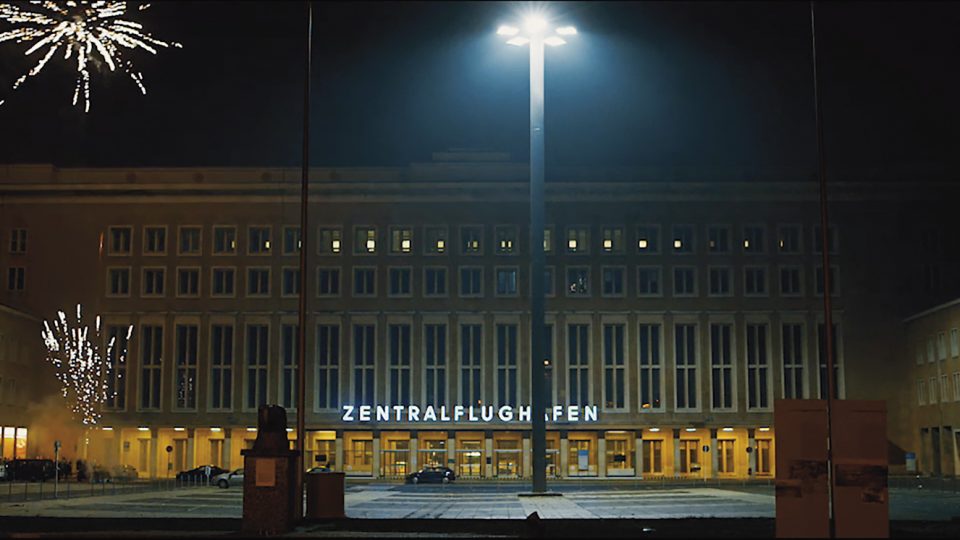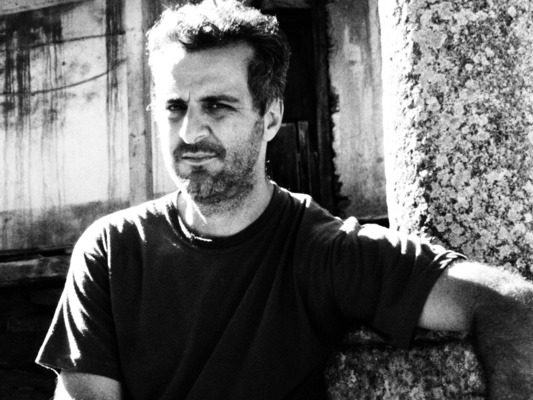Rogério Sganzerla’s Gangster Modernity
In his cult feature, The Red Light Bandit (1968), Brazilian director Rogério Sganzerla creates an enduring portrait of a doomed criminal.
“The experience of the gangster as an experience of art is universal to Americans,” the film critic Robert Warshow wrote in 1948, in his remarkable essay, “The Gangster as Tragic Hero.” Warshow considered gangsterism to be not just one more expression of chaotic urban life; rather, gangsterism represented modernity itself. “For the gangster there is only the city; he must inhabit it in order to personify it: not the real city, but that dangerous and sad city of the imagination which is so much more important, which is the modern world.”
In many ways, the Brazilian avant-garde filmmaker Rogério Sganzerla gives us the gangster that epitomizes Warshow’s thesis. Sganzerla’s brisk, jazzy, Nouvelle Vague-inspired black-and-white gangster movie, The Red Light Bandit (1968), which is often discussed as one of the central features in the Brazilian Marginal Cinema aesthetic, and which currently plays in a comprehensive retrospective dedicated to Sganzerla, at Spectacle Theater in Brooklyn, is a perfect entry point into his filmography.
Read the entire piece on
MUBI.


